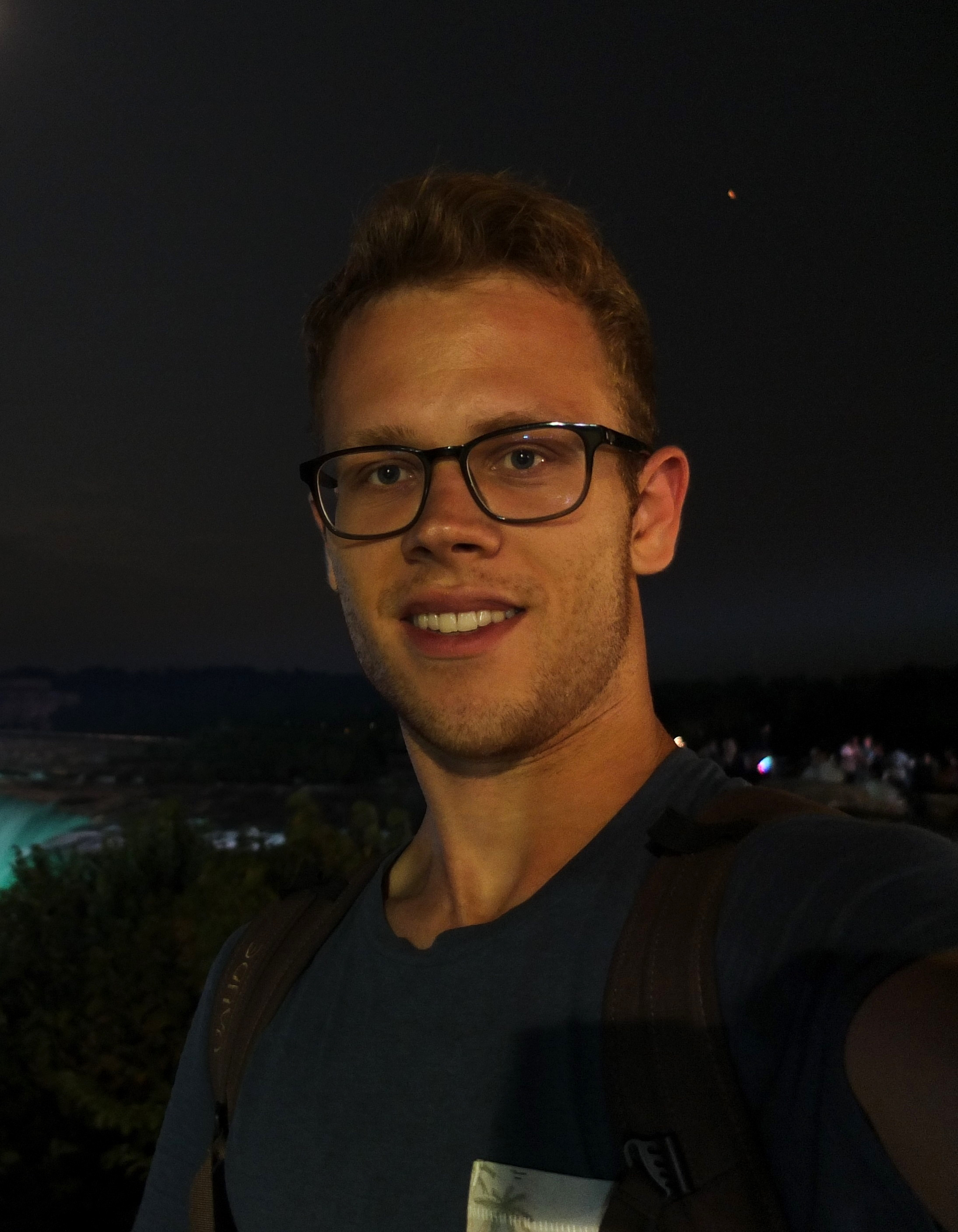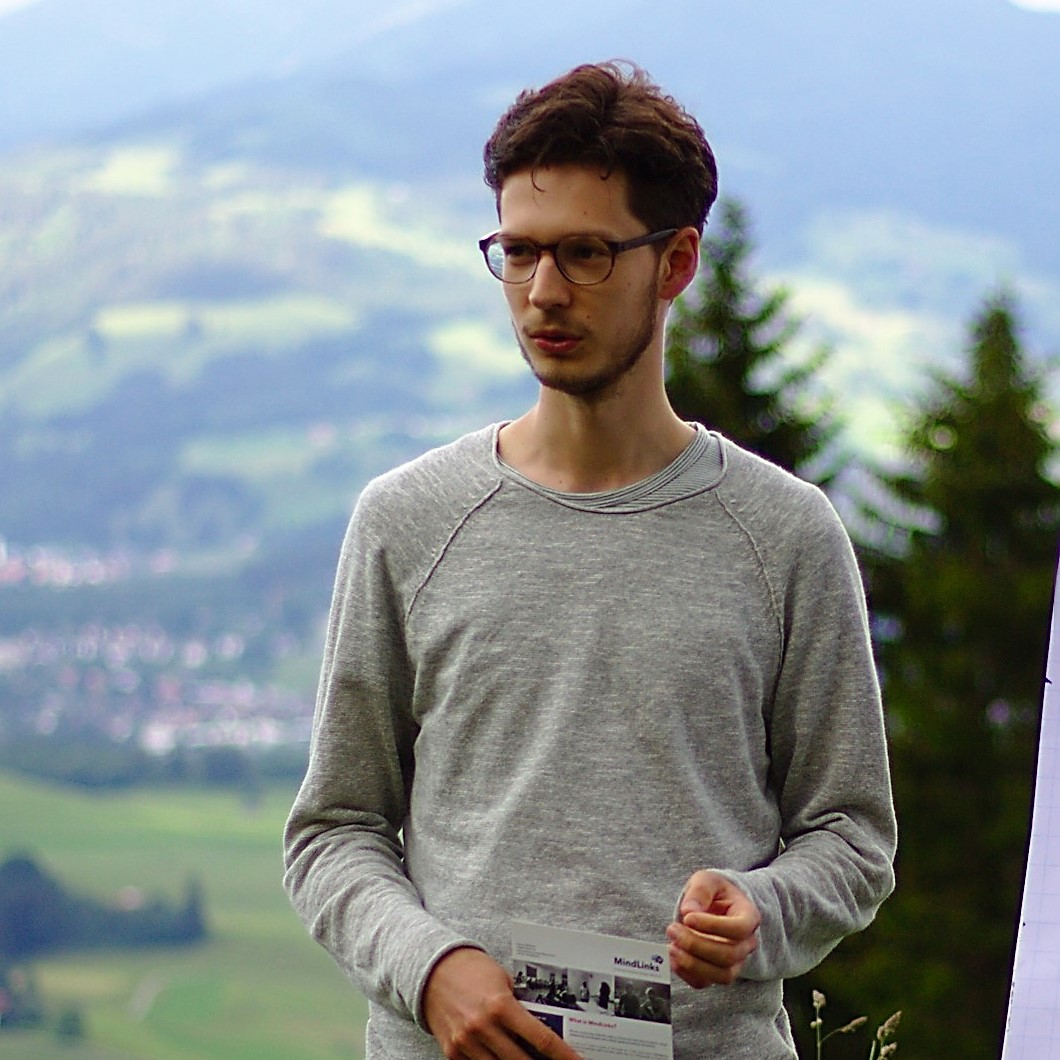As a part of our Master’s program, MSNE students explore labs outside of our programs in 6 to 8 week research internships. In this and a following series of posts, we collected stories of the experiences we made during our internships. In the second post, Lucas and Jonas share their impressions from their internships in Manchester and Atlanta.
Lucas: University of Manchester, UK
In the 2018 spring break, from February to April, I was part of the APT Advanced Processor Technologies Research Group at the University of Manchester. My original plan was to perform my shorter research internship in Munich, but then the desire to travel, combined with the wish to gain some insights into the field of neuromorphic computing prevailed, and led me to Manchester. The APT group is the father of SpiNNaker (Spiking Neural Network architecture), a novel computer architecture inspired by the working of the human brain. A SpiNNaker machine is a massively parallel computing platform, whose applications are targeted towards three main areas of research: Neuroscience, Robotics and Computer Science. The head of the SpiNNaker group is Prof. Steve Furber, also well-known for his work on the first ARM processors.

The SpiNNaker neuromorphic platform is designed to simulate large-scale networks of spiking neurons, both in real-time and using relatively low power. A feature of such networks is their ability to learn, through the key mechanism of synaptic plasticity: the ability of synapses to adjust their effect based on certain conditions and network behavior. It is known that synaptic plasticity occurs via multiple mechanisms, and at multiple timescales, potentially accounting for different types of memory present in the brain. In my project, we implemented and tested a short-term plasticity model on SpiNNaker. The model developed by Tsodyks and Markram was explored, where repeated firing of a pre-synaptic neuron leads to reduced synaptic efficacy, potentially mimicking biophysical mechanisms such as synaptic depression and vesicle depletion. The successful implementation thus enhances the plasticity modelling capabilities of SpiNNaker, and bring real-time performance to networks exhibiting short-term plasticity.

In my free time, on the weekends, I strived to sightsee Northeastern Great Britain as much as possible. Unfortunately, the weather at this time of the year was typical British and sometimes it put a spoke in my wheel going into nature. Nonetheless, I was able to explore the cities of Manchester and York by my own as well as to go on some trips with the International Society. That society from the University of Manchester, the Manchester Metropolitan University and the University of Salford is organizing every weekend amazing and cheap trips around the United Kingdom! Furthermore, I witnessed a street attack of policemen by a crazy guy with a sword.
In the end, I wanted to thank my outstanding advisor Dr. Oliver Rhodes for his great supervision of my research project at the University of Manchester, as well as all responsible people of the MSNE program which made this unforgettable experience possible!
 Lucas
Lucas
Jonas Braun: Emory University, USA
During the summer of 2018 I joined Prof. Chethan Pandarinath’s Systems Neural Engineering Lab at the Wallace H. Coulter Department of Biomedical Engineering at Georgia Tech and Emory University in Atlanta, USA, as a summer research intern. The lab is located at the Emory campus and is working on “understanding how large populations of neurons in the brain perform computations and represent intention” (from snel.gatech.edu). I got in contact with Prof. Pandarinath through our program director Prof. Jakob Macke who had collaborated with him before. The lab has both experimental facilities, where they conduct rodent experiments, and large clusters for computational analysis. My work was with the computational side of the group and I was collaborating mostly with one PhD student, Lahiru, and a postdoc, Reza.
One major project of the group is in the exciting field of motor control. The project aims to contribute to an understanding of how the brain, or more specifically primary motor cortex, drives muscles and thereby movement. In a recent study they presented a method called Latent Factor Analysis via Dynamical Systems, short LFADS (Pandarinath et al, Nature Methods 2018), which proved to be an effective way to model the neuronal dynamics underlying computations in motor cortex. During my project I was working on applying this method to muscle activity and was modelling how muscles drive behaviour.
Emory and Georgia Tech provide a vibrant scientific atmosphere with very frequent talks and scientific seminars, often accompanied by free lunches, held by faculty both local and from all over the US. It is remarkable how many exciting talks were hosted solely in the field of Neuroscience. A bit of a disadvantage is that some of them are at Georgia Tech which is on the other side of the city but there are free shuttles connecting the two campuses.

Atlanta is a huge city and it is of great advantage to have a car to get around. In a major redevelopment project, they opened the beltline, a former train line that is now a walkway connecting beautiful markets and Piedmont park. In the evenings and on weekends it is filled with life and folks on electric scooters try to weave their way through the crowds. In the end of my stay in Atlanta, there was a lantern parade along the beltline with more than 70,000 people bringing handmade lanterns or just watching the colourful spectacle. Whenever I needed to escape the bubble of Atlanta, the huge airport was a good starting point to visit Texas, New Orleans, Canada or Boston and thanks to my flatmates who kindly let me borrow their cars, nearby state parks and the Blue Ridge Parkway were within easy reach, too.

I truly enjoyed my time in the US in general and the Systems Neural Engineering Lab in particular. I learned a lot about computational modelling and successful collaboration and it was a pleasure to experience a different culture and meet many openminded people.
I learned to appreciate the enormous diversity of stunning landscapes wherever I looked and are most certain that I will have to come back soon to make use both of the great research community in the US and to explore more of the countries' beautiful Natural Parks.
 Jonas Braun
Jonas Braun
